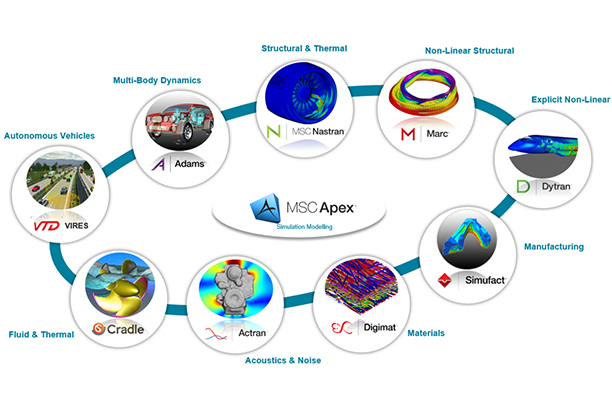
This product is manufactured by
MSC SOFTWARE
Manufacturer information

MSC SOFTWARE
Multidiscipline Simulation Software Supplier, Linear and Nonlinear Finite Element Analysis (FEA), Control Systems Simulation and more
Inquiry
How to order
Problem with product info?
Update request
Manufacturer
MSC SOFTWARE
Product Type
Machine
Brand
-
SKU
118424
Product Name
Actran
Model Name
Actran SEA
Size
-
Weight
-
Product Details
More products

MSC NastranMSC Nastran Embedded Vibration Fatigue

MSC NastranMSC Nastran Embedded Fatigue

MSC NastranMSC Nastran Advanced Nonlinear Analysis
SimufactSimufact Welding
SimufactSimufact Forming

SimufactSimufact Additive

AdamsAdams Real Time

AdamsAdams MaxFlex

AdamsFlexible Multibody Systems in Adams

AdamsAdams Car

AdamsAdams Machinery

ActranActran VI

ActranActran DGM

ActranActran TM

ActranActran for Trimmed Body
1/4




